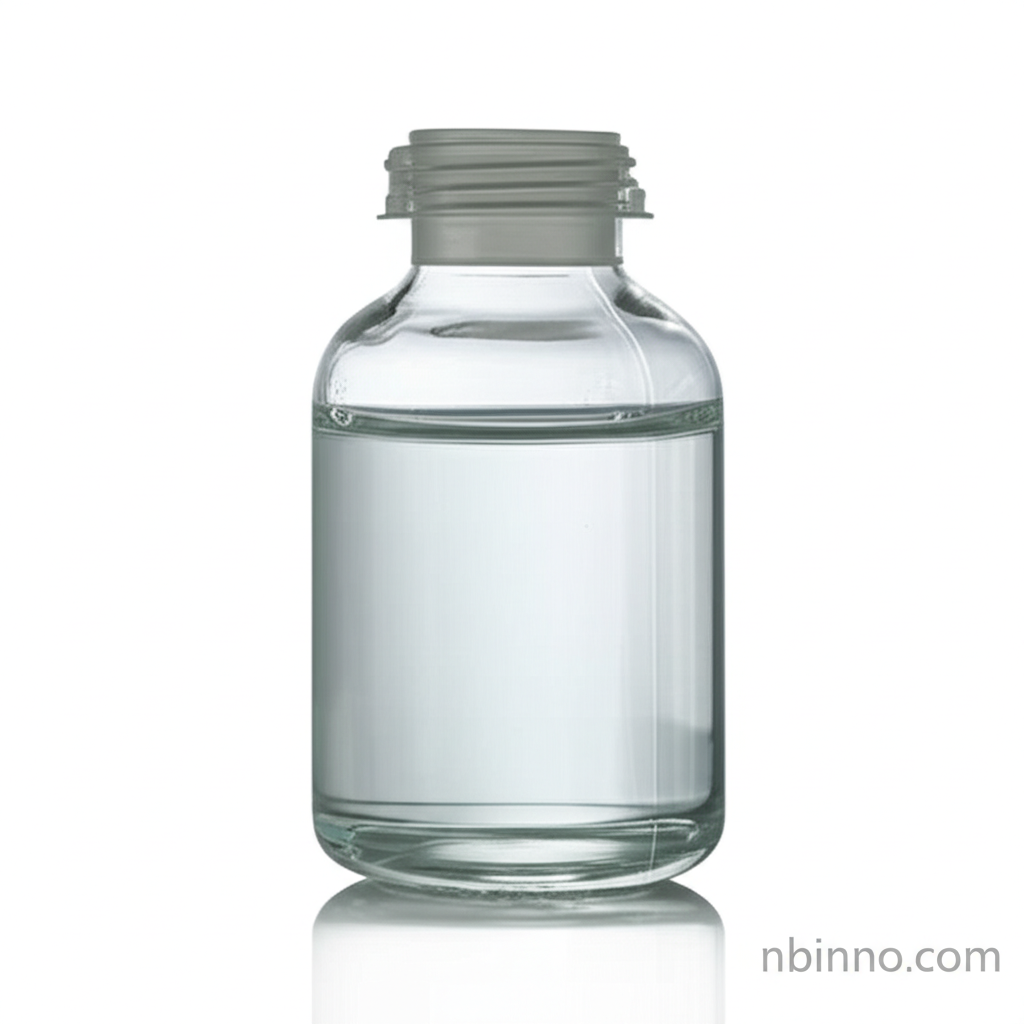Dimethyl Chlorophosphate: Key Applications and Safety
Discover the essential properties and industrial uses of Dimethyl Chlorophosphate, a vital chemical intermediate.
Get a Quote & SampleProduct Core Value

Dimethyl Chlorophosphate
Dimethyl Chlorophosphate is a crucial organophosphorus compound valued for its role as a phosphorylating agent. Its chemical structure and reactivity make it an indispensable intermediate in the synthesis of a wide array of organic chemicals, serving critical functions across various industrial sectors.
- Exploring the synthesis of organophosphorus compounds: Dimethyl Chlorophosphate serves as a key starting material for many complex syntheses.
- Understanding phosphorylating agent uses: This compound is extensively utilized to introduce phosphate groups into organic molecules, enabling the creation of specialized chemical structures.
- Ensuring chemical safety in handling: Due to its inherent toxicity, strict safety protocols are paramount when working with Dimethyl Chlorophosphate.
- The significance of CAS 813-77-4 in chemical identification: Proper identification via its CAS number ensures the correct sourcing and application of this vital chemical intermediate.
Advantages of Dimethyl Chlorophosphate
Versatile Chemical Intermediate
As a key component in chemical synthesis, Dimethyl Chlorophosphate facilitates the production of valuable downstream products, highlighting its importance in the chemical industry supply chain.
High Purity Availability
Available in high purity levels, typically above 95%, this compound ensures reliable and consistent results in sensitive chemical reactions and research applications.
Key Phosphorylating Agent
Its capability to act as a phosphorylating agent makes it a preferred choice for chemists looking to create phosphorylated compounds with specific properties and functionalities.
Key Applications
Organic Synthesis
This compound is extensively used as a reagent in various organic synthesis pathways, playing a crucial role in the formation of complex molecules.
Phosphorylation Reactions
It is primarily employed for its phosphorylating capabilities, enabling the conversion of alcohols and other functional groups into their corresponding phosphate esters.
Chemical Intermediate
Serves as a vital building block for a range of fine chemicals, contributing to the production of diverse industrial and specialty products.
Research and Development
Essential in laboratory settings for developing new chemical entities and understanding reaction mechanisms involving phosphorus chemistry.
